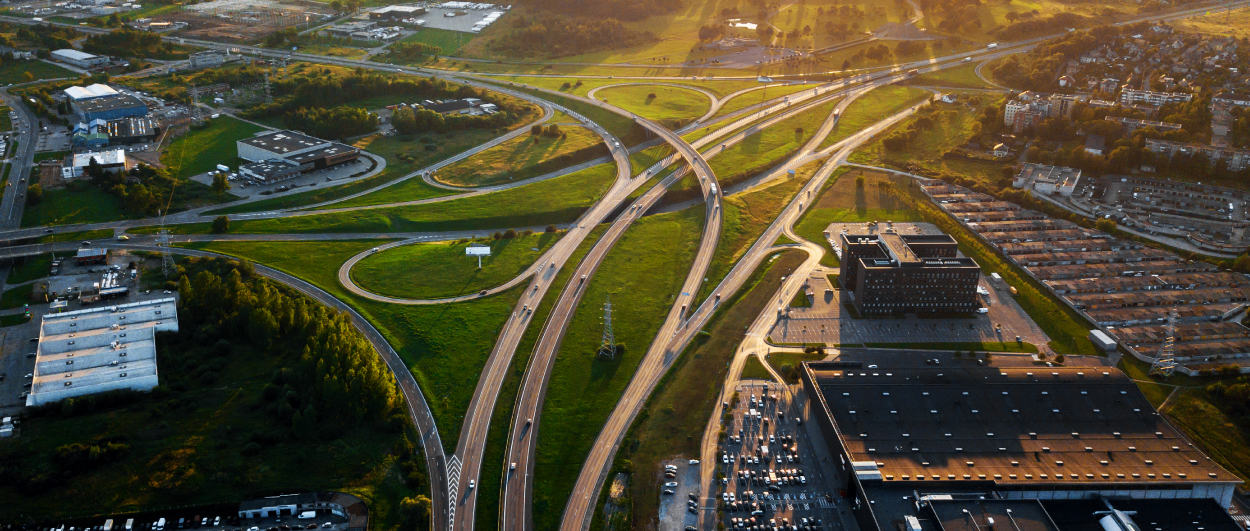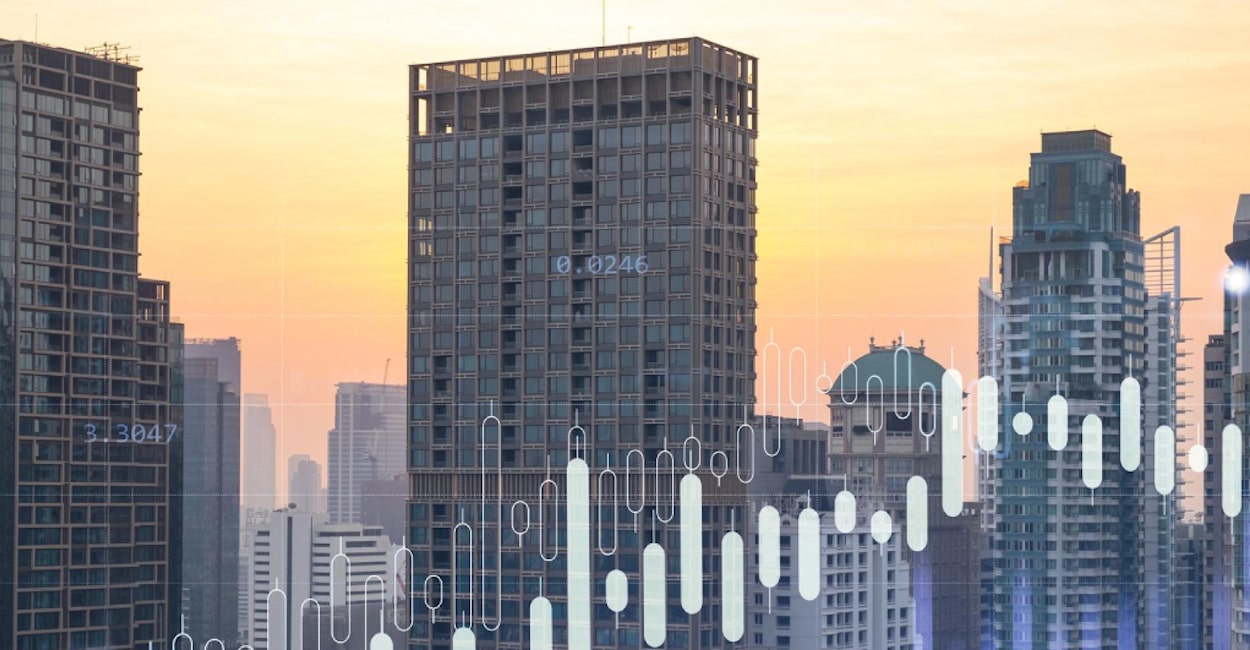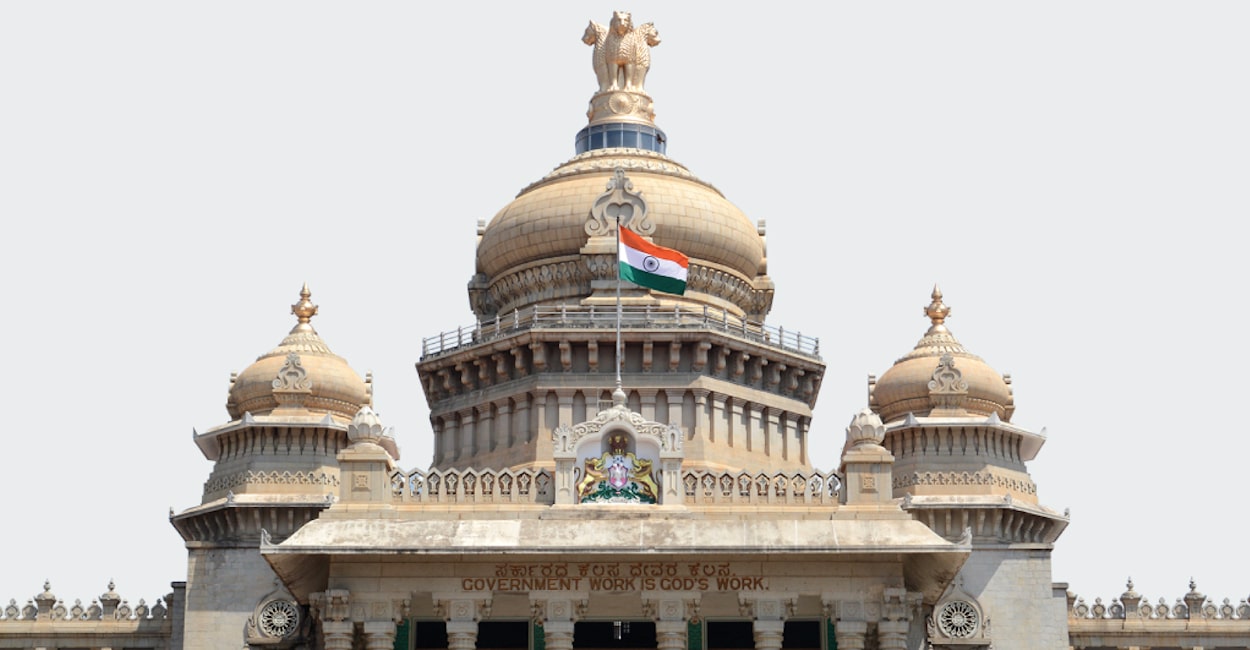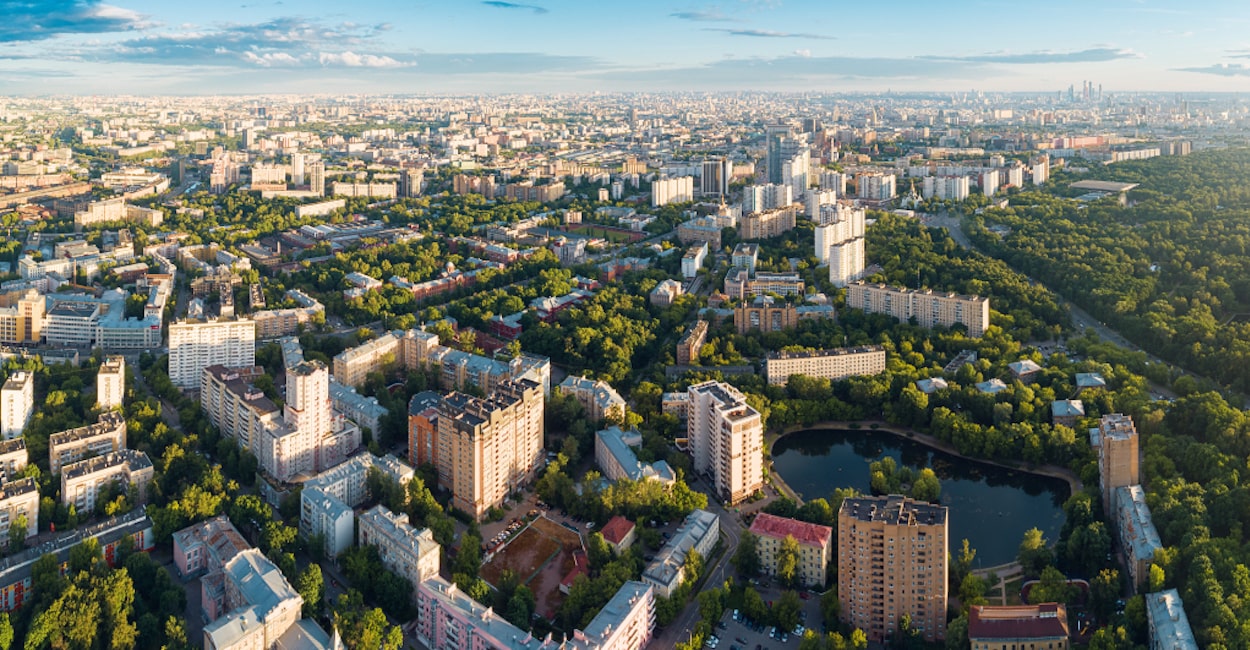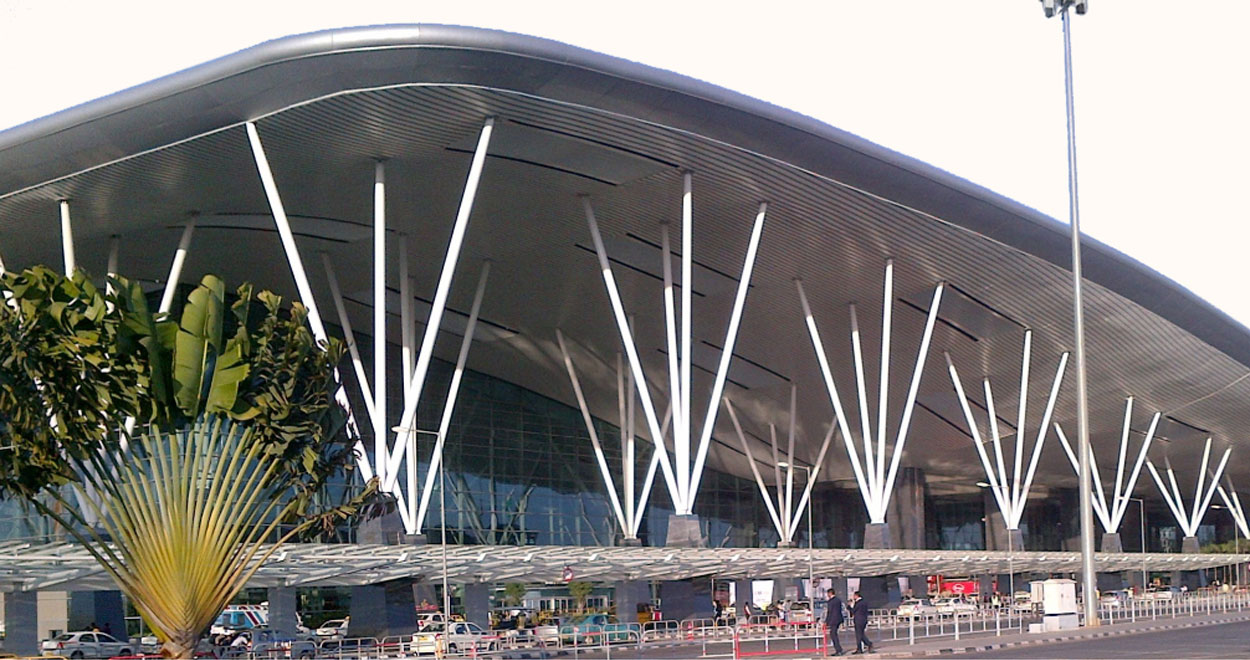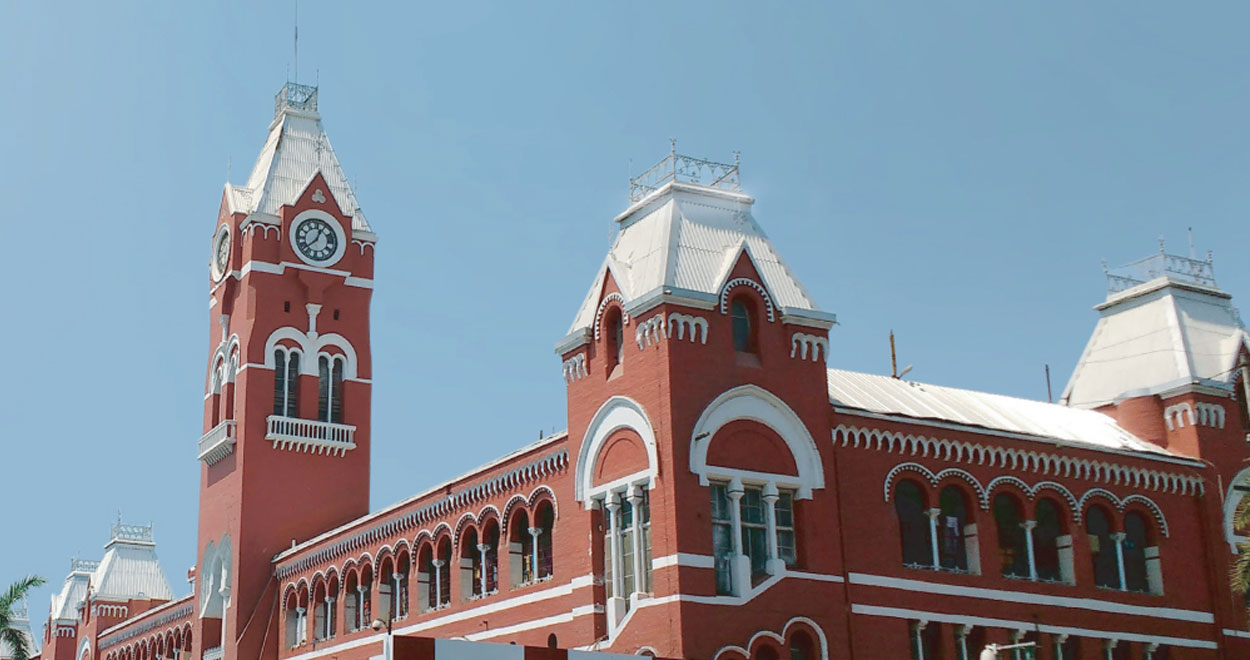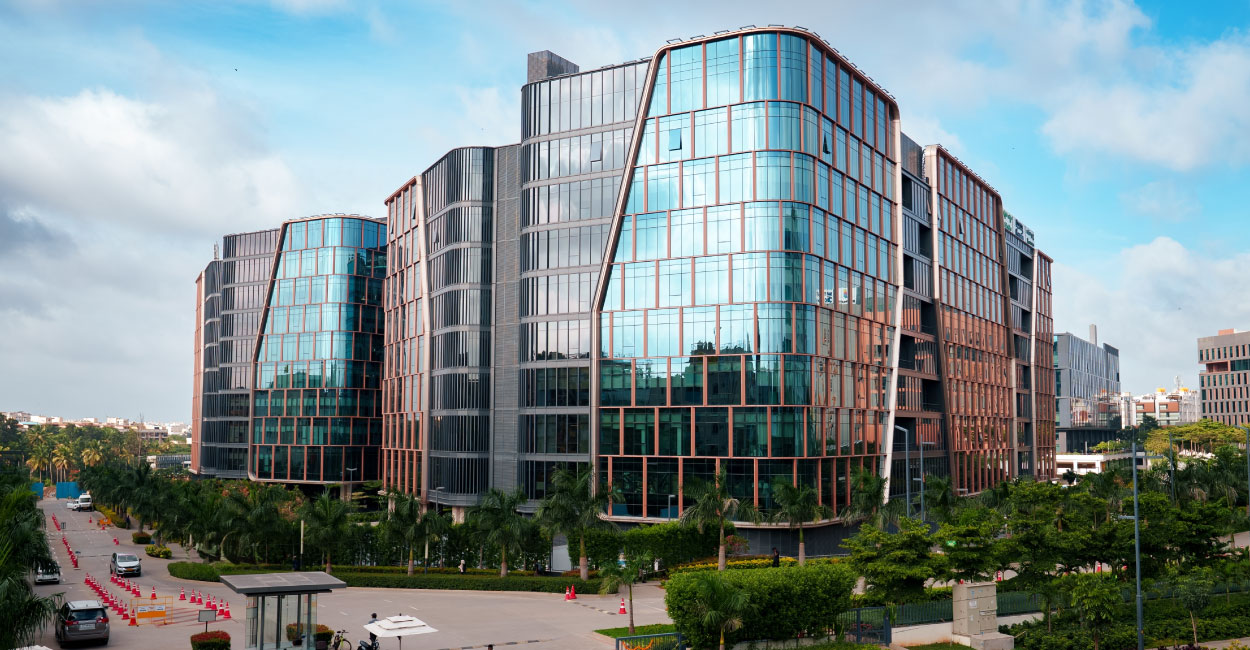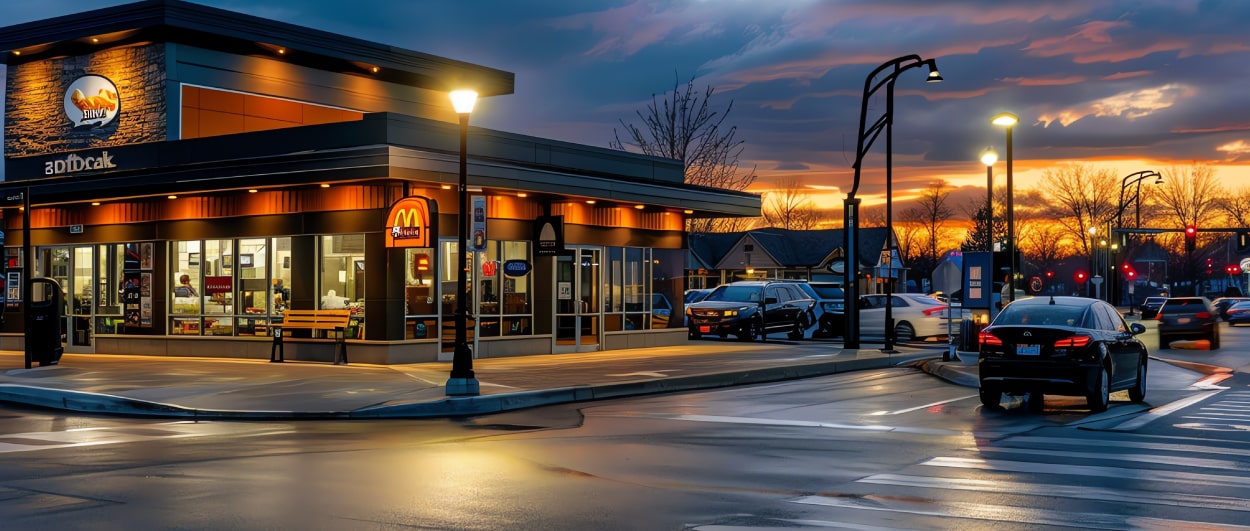The Satellite Town Ring Road (STRR) marks a critical shift in the spatial dynamics of Bengaluru’s urban development and economic decentralization. As a 280 km high-speed peripheral corridor encircling the metropolitan region, the STRR is designed to decentralize growth, enhance regional connectivity, and catalyse large-scale STRR Bengaluru real estate and industrial development across the city’s periphery.
Historically, Bengaluru’s expansion has been radial, concentrated along its major IT corridors. However, with growing congestion and limited land availability in the CBD and secondary business districts, growth is shifting decisively outward. The STRR, connecting key satellite towns such as Devanahalli, Doddaballapura, Hoskote, Hosur and Ramanagara, provides the physical infrastructure required to support this outward movement of capital, talent, and urban activity—thereby accelerating STRR real estate growth in these emerging zones.
The STRR corridor is shaped by the convergence of multiple policy directives and market forces—ranging from its integration with national highway access, upcoming logistics hubs, major industrial investments, and planned townships—positioning it as a high-impact, multi-sector growth corridor.
With sections already operational, others under construction, and full completion targeted by 2035, the STRR offers staggered investment opportunities—initially anchored by industrial growth, gradually expanding into consolidated urban and lifestyle developments. This phased infrastructure delivery is creating clear inflection points for STRR Bengaluru real estate investments.
The evolution of STRR from a transport-focused project into a comprehensive economic corridor marks a fundamental shift in the urbanisation pattern of Bengaluru’s periphery. It is redefining the city’s growth trajectory—shaping the direction and distribution of long-term development and unlocking new nodes of STRR real estate growth.
This article offers a research-backed framework for identifying high-impact investment zones along the STRR corridor, aligned with infrastructure phasing, industrial activity, and emerging demand clusters. It equips developers and investors with actionable location strategies and risk-managed entry points to optimize returns over the next decade.

